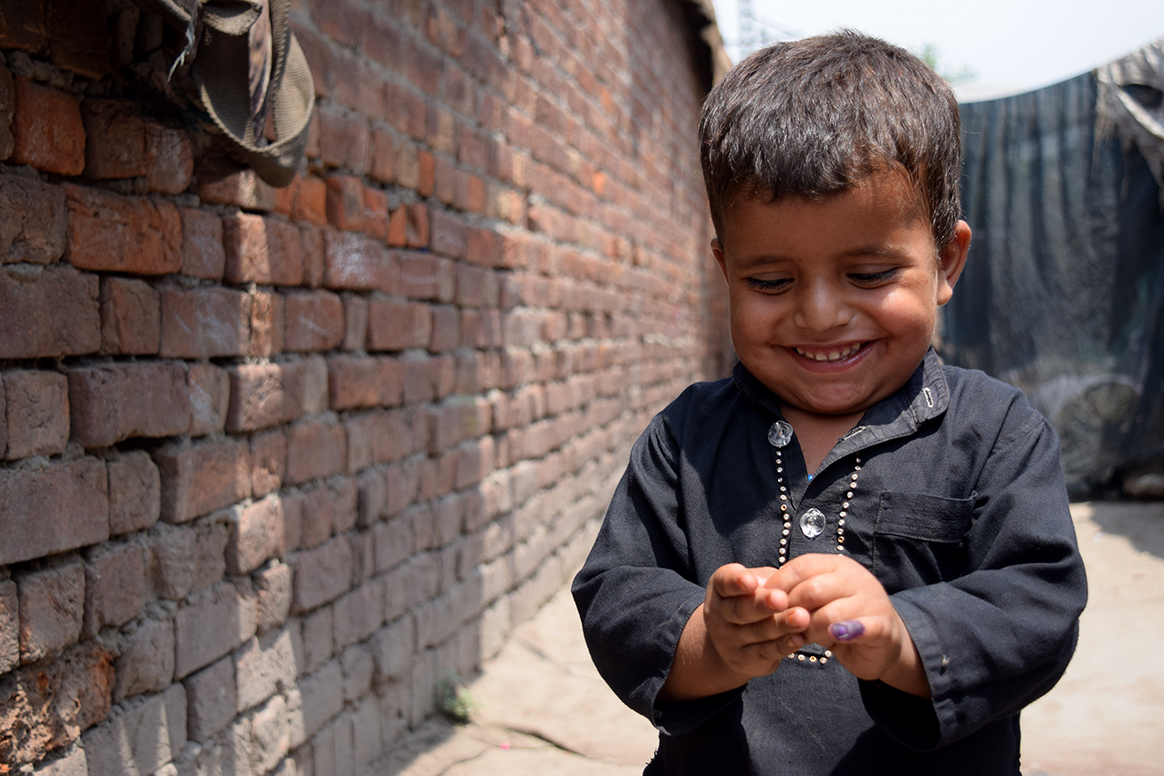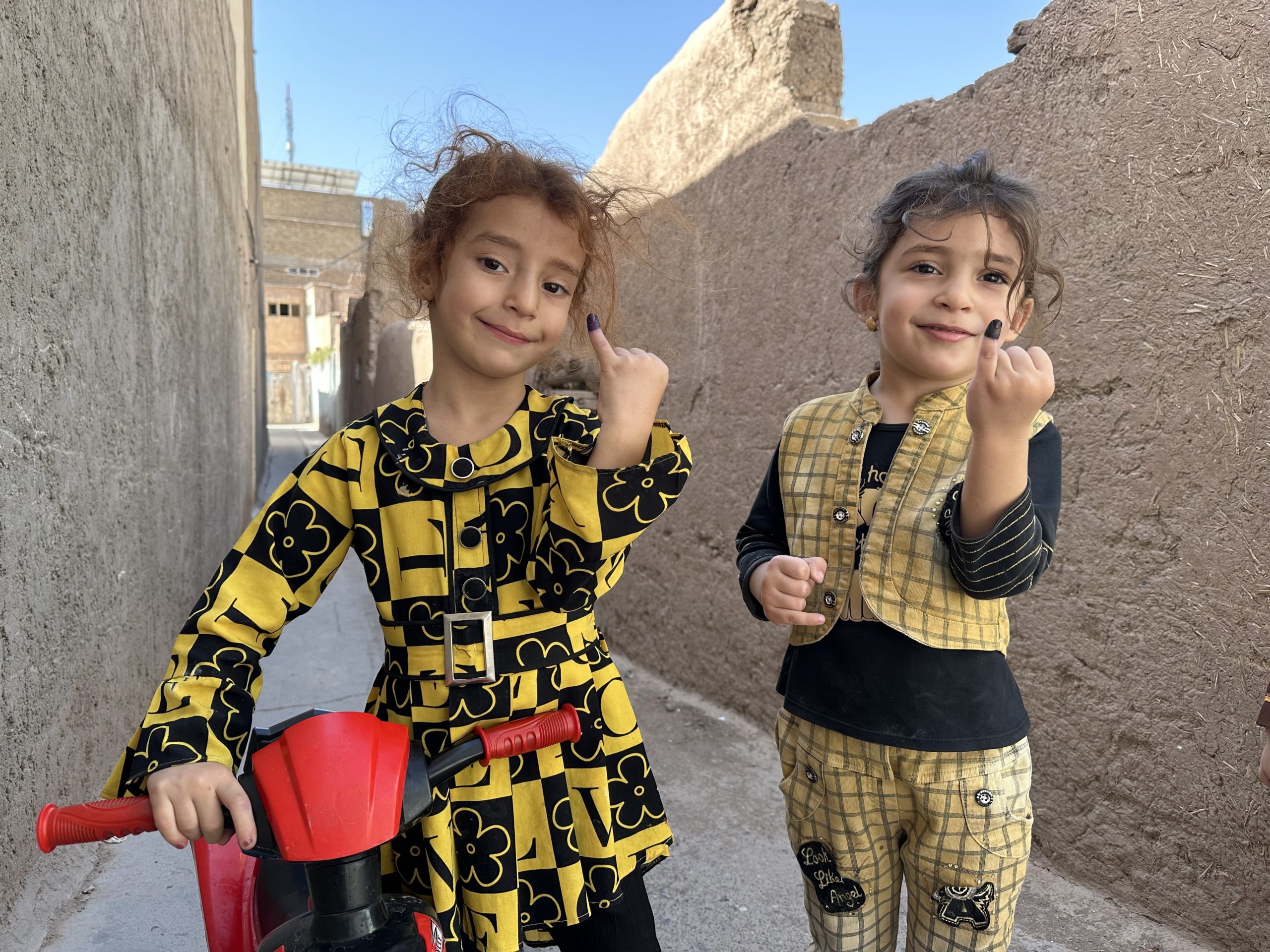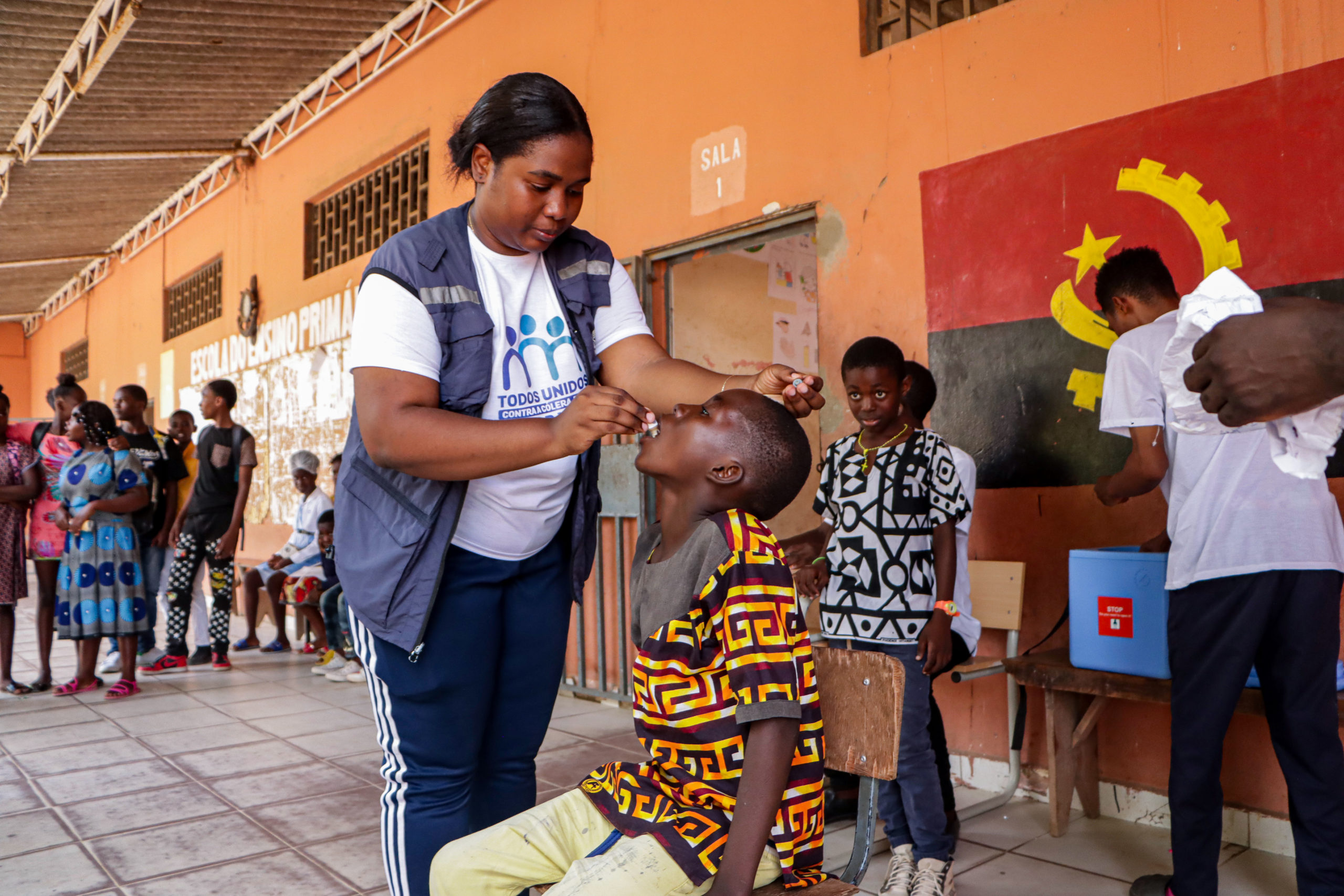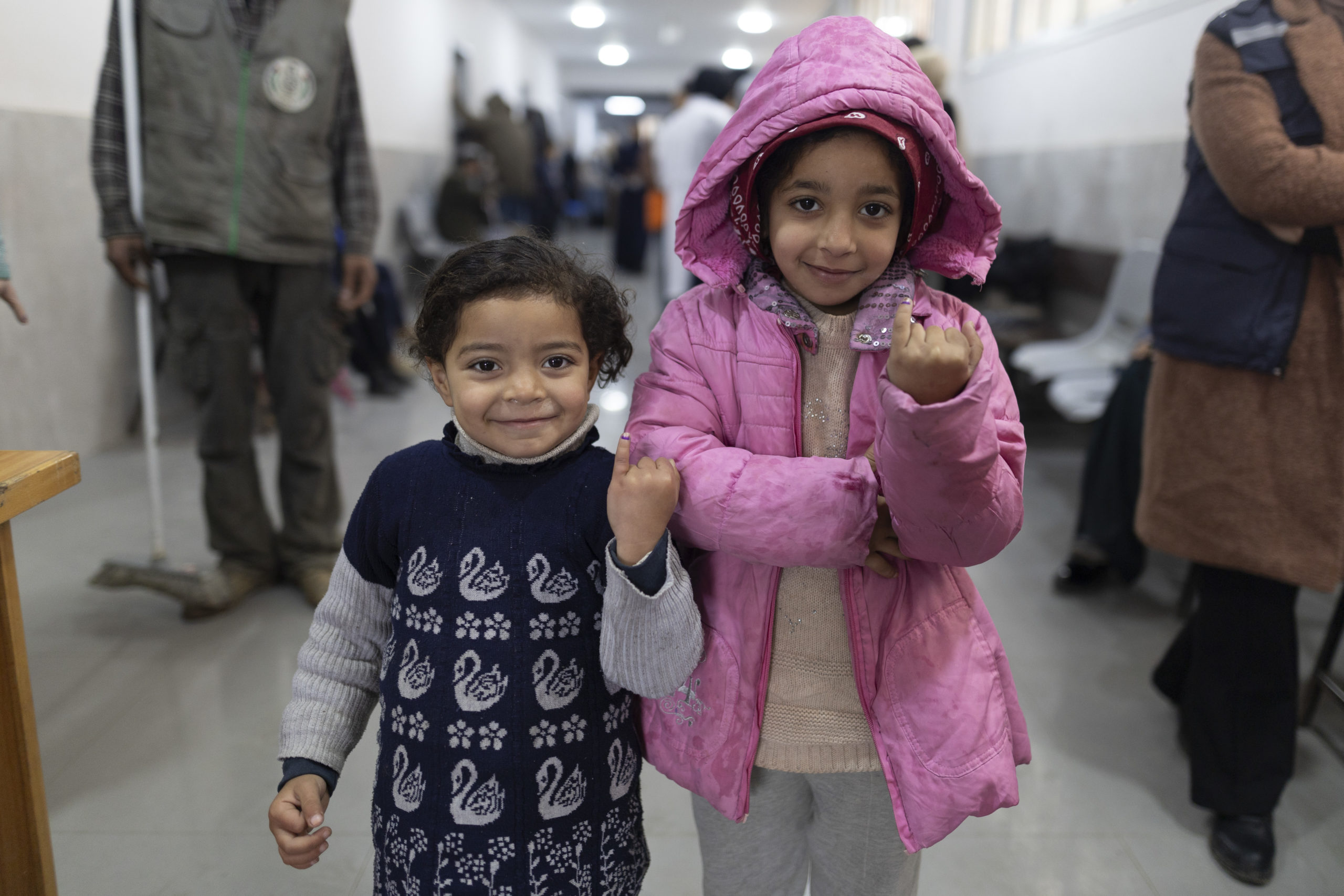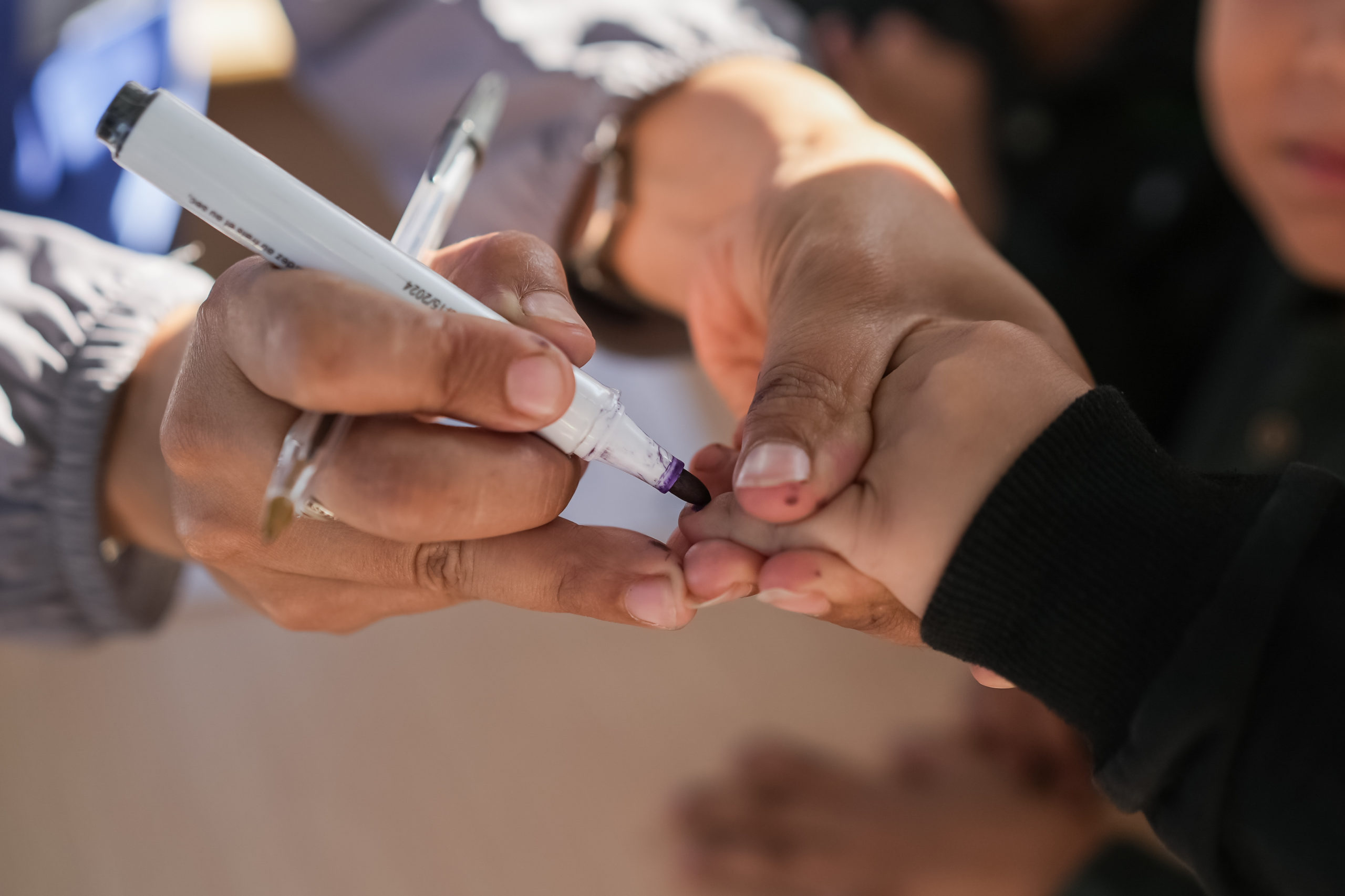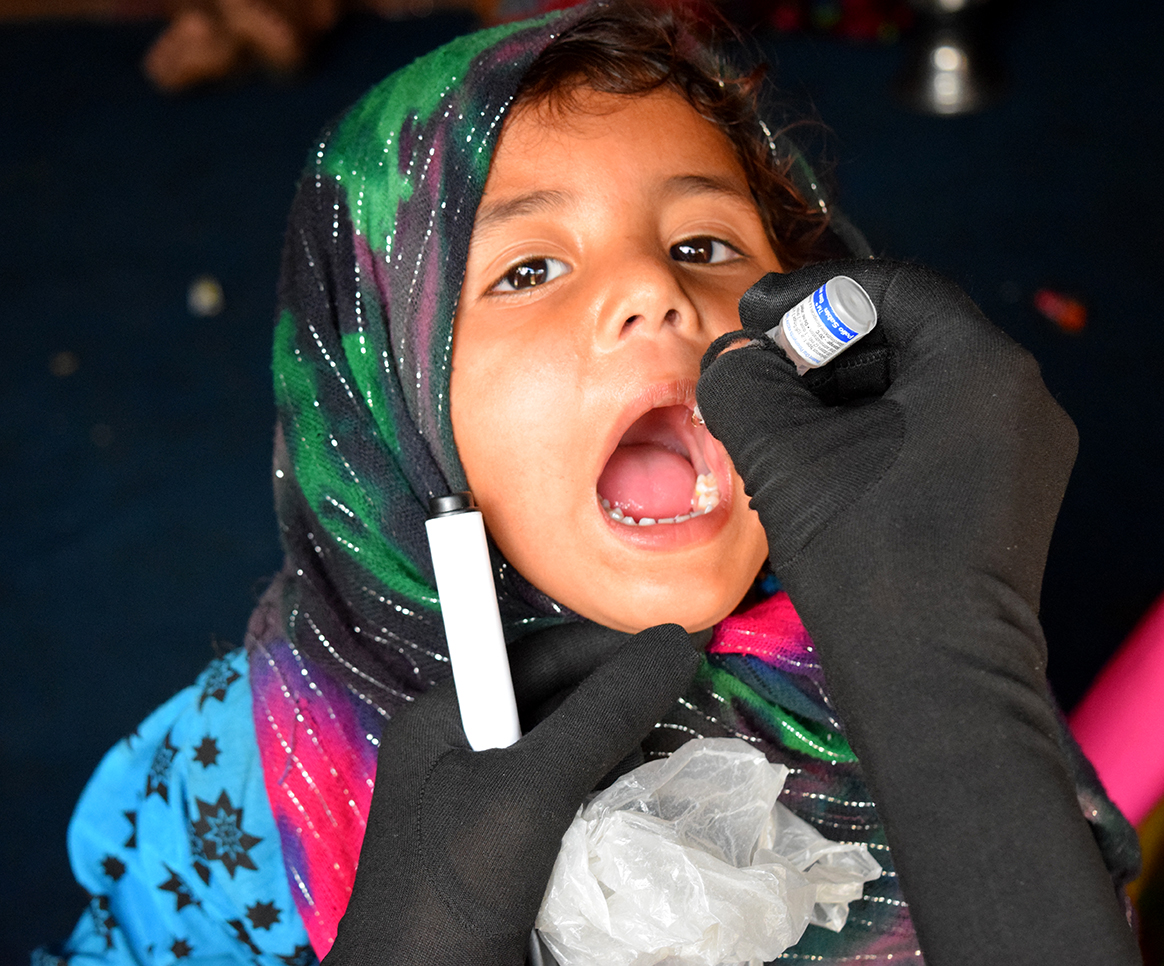
Fear of paralysis, severe illness, or death from polio and smallpox was a very real and pervasive reality for people worldwide within living memory.
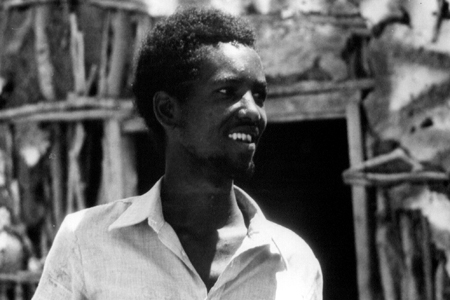
In 1977, the world was close to finally being smallpox free. The number of people infected had dwindled to only one man; a young hospital cook and health worker from Merca, Somalia named Ali Maaow Malin.
Before Ali, smallpox had affected the human population for three millennia, infecting the young, the old, the rich, the poor, the weak and the resilient.
Spread by a cough or sneeze, smallpox caused deadly rashes, lesions, high fevers and painful headaches – and killed up to 30% of its victims, while leaving some of its survivors blind or disfigured.
An estimated 300 million people died from smallpox in the 20th century alone, and more than half a million died every year before the launch of the global eradication programme.
The power of a vaccine
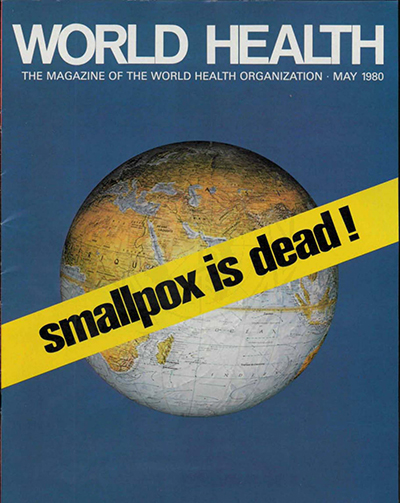
Between 1967 and 1980, intensified global efforts to protect every child reduced cases of smallpox and increased global population immunity. Following Ali’s infection, the World Health Organization carefully monitored him and his contacts for two years, whilst maintaining high community vaccination rates to ensure that no more infection occurred.
Three years later, smallpox was officially declared the first disease to be eradicated. This was a breakthrough unlike any other – the first time humans had definitively beaten a disease.
But smallpox wasn’t the only deadly virus around
On March 26, 1953, Dr Jonas Salk announced that he had developed the first effective vaccine against polio. This news rippled quickly across the globe, leaving millions optimistic for an end to the debilitating virus.
Polio, like smallpox, was feared by communities worldwide. The virus attacks the nervous system and causes varying degrees of paralysis, and sometimes even death. Treatments were limited to painful physiotherapy or contraptions like the “iron lung,” which helped patients breathe if their lungs were affected.
Thanks to a safe, effective vaccine, children were finally able to gain protection from infection. In 1961, Albert Sabin pioneered the more easily administered oral polio vaccine, and in 1988, the Global Polio Eradication Initiative was launched, with the aim of reaching every child worldwide with polio vaccines. Today, more than 17 million people are walking, who would otherwise have been paralyzed. There remain only three countries – Afghanistan, Pakistan, and Nigeria – where the poliovirus continues to paralyze children. We are close to full eradication of the virus – in Pakistan cases have dropped from 35 000 each year to only eight in 2017.
Since there is no cure for polio, the infection can only be prevented through vaccinations. The polio vaccine, given multiple times, protects a child for life.
Better health for all
Thanks to vaccines, the broader global disease burden has dropped drastically, with an estimated 2.5 million lives saved every year from diphtheria, tetanus, pertussis (whooping cough), and measles. This has contributed to a reduction in child mortality by more than half since 1990. Thanks to an integrated approach to health, multiple childhood illnesses have also been prevented through the systematic administration of vitamin A drops during polio immunization activities.
Moreover, good health permeates into societies, communities, countries and beyond – some research suggesting that every dollar spent vaccinating yields an estimated US$ 44 in economic returns, by ensuring children grow up healthy and are able to reach their full potential.
Ali Maaow Malin, the last known man with smallpox, eventually made a full recovery. A lifelong advocate for vaccination, Ali went on to support polio eradication efforts – using vaccines to support better health for countless people.
Without the life changing impact of vaccines, our world would be a very different place indeed.
